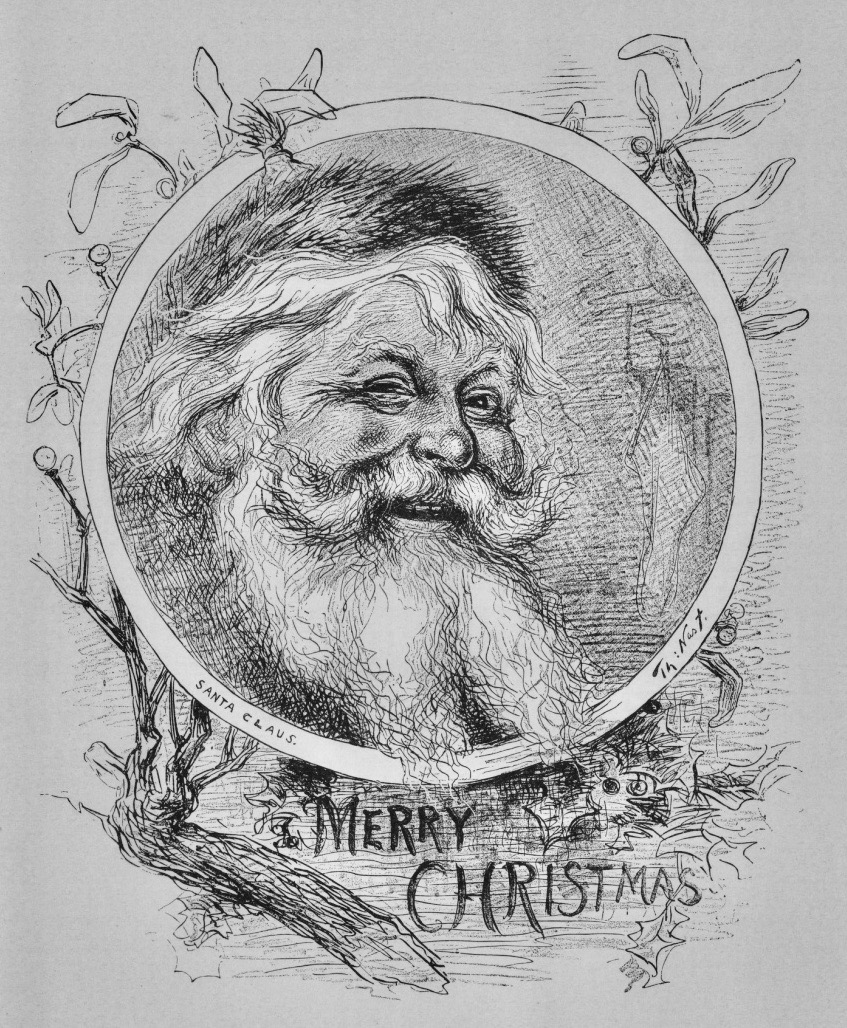

Between Sunday, December 12 and Christmas Day, enjoy a daily post from our Christmastime short story: The Christmas Eve Santa Came To Iowa – Our Iowa short story which features eighteen amazing Christmastime illustrations by Thomas Nast. For a complete list of all 14 chapters, click here.

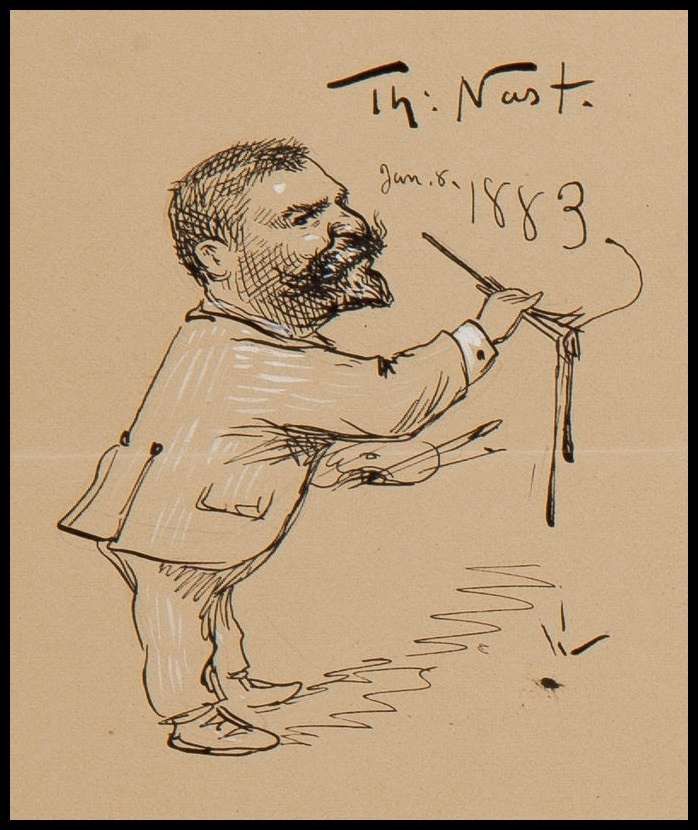
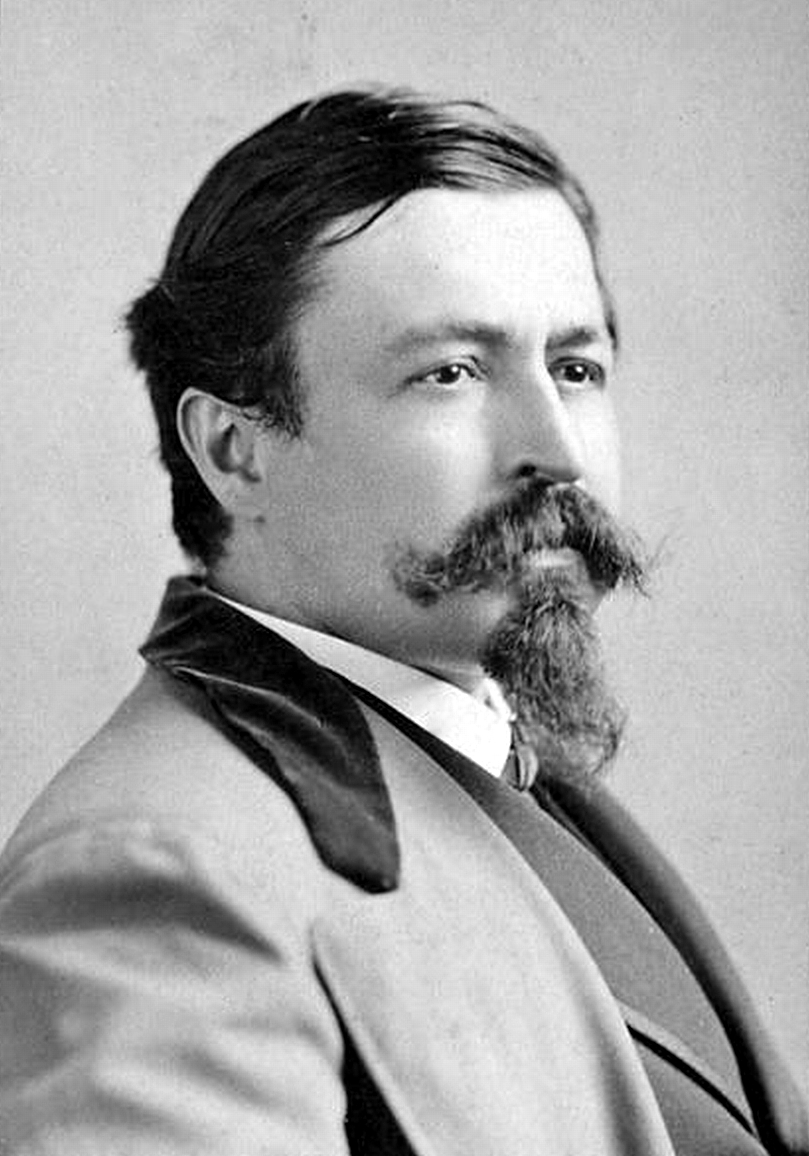
Thomas Nast (1840-1902) was an American cartoonist and illustrator, and is one of the founding figures of American political cartooning. He published thousands of cartoons over the course of his prolific career and is credited with giving definitive form to many now commonplace icons like the Democratic donkey, the Republican elephant, Uncle Sam, and the theme of our Christmastime short story – Santa Claus.
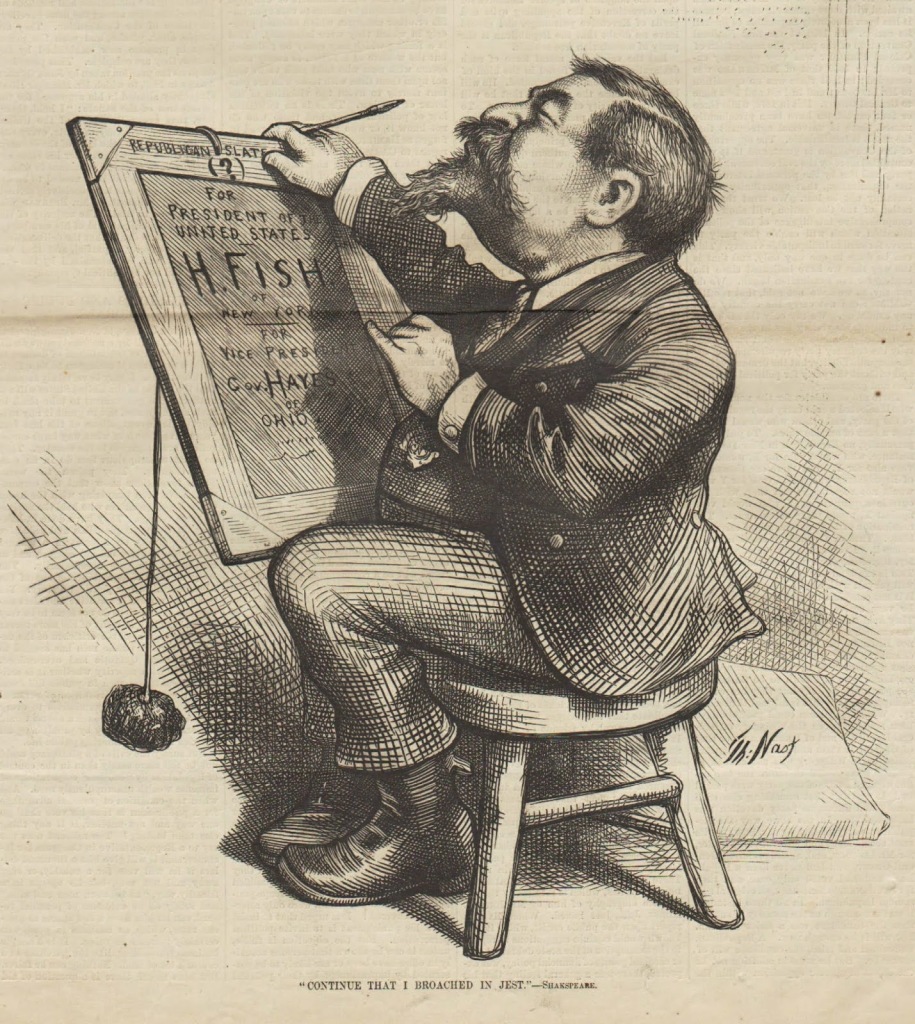

Born in Landau, Germany, Thomas Nast was six years old when his family immigrated to America. Growing up in New York City, Nast studied art in his early teens with the painter Theodore Kaufmann and began his professional career at the age of 15 with Frank Leslie’s Illustrated Newspaper (1855). In 1862, Nast became a staff artist for Harper’s Weekly, and it was the work he did for this paper during the Civil War and after that most defined his reputation.

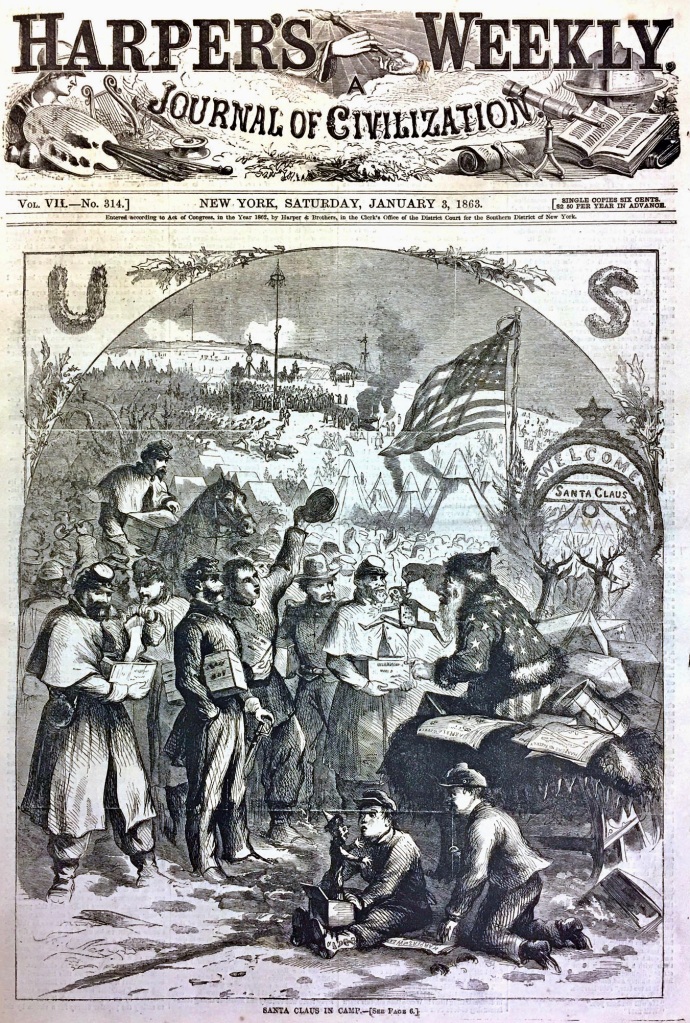
One of his first Santa Claus drawings appeared on the cover of the January 3, 1863 issue of Harper’s Weekly, and depicts Santa visiting a Civil War Camp. Over the next 30 years Nast continued to draw St. Nicholas, changing the color of his coat from tan to red, and adding other details to the story of Santa’s life, defining for Americans the way we envision him today. His most famous drawing of Santa Claus appeared in the January 1, 1881 issue of Harper’s Weekly and is the artwork depicted on our index page.
We’ve featured eighteen Thomas Nast’s Christmas drawings throughout our posts. All illustrations were originally published individually in Harper’s Weekly and then again collectively in Thomas Nast’s Christmas Drawings for the Human Race, first published by Harper Brothers in 1890. Here is an index of these Christmas-time classics:
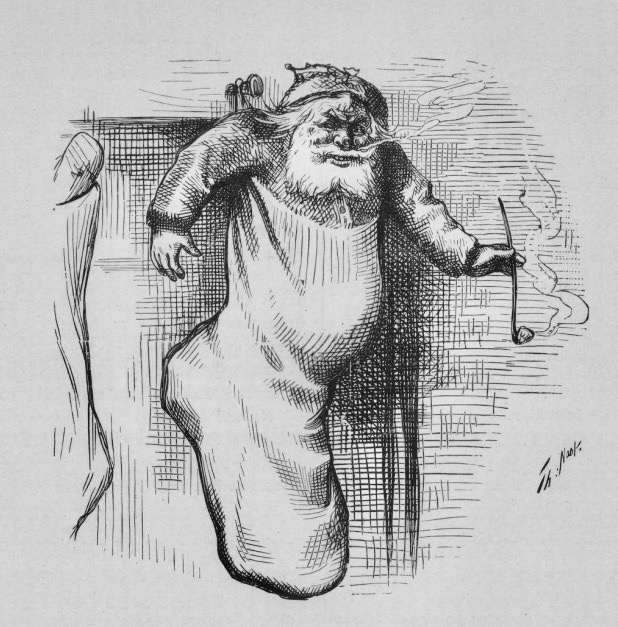

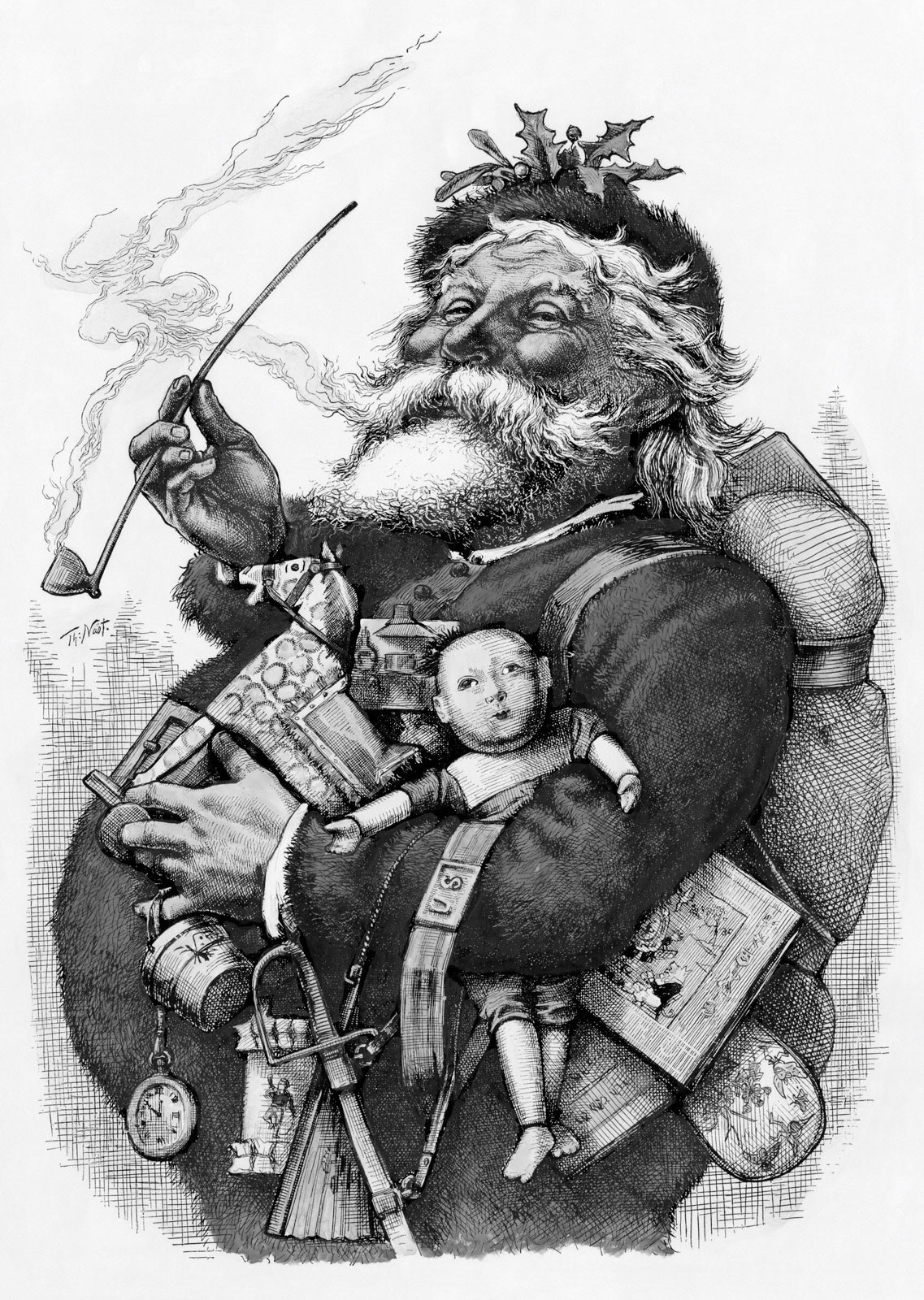
Merry, Old Santa Claus (1881)
A Stocking Full (1879)
Santa Claus on Stage (1889)
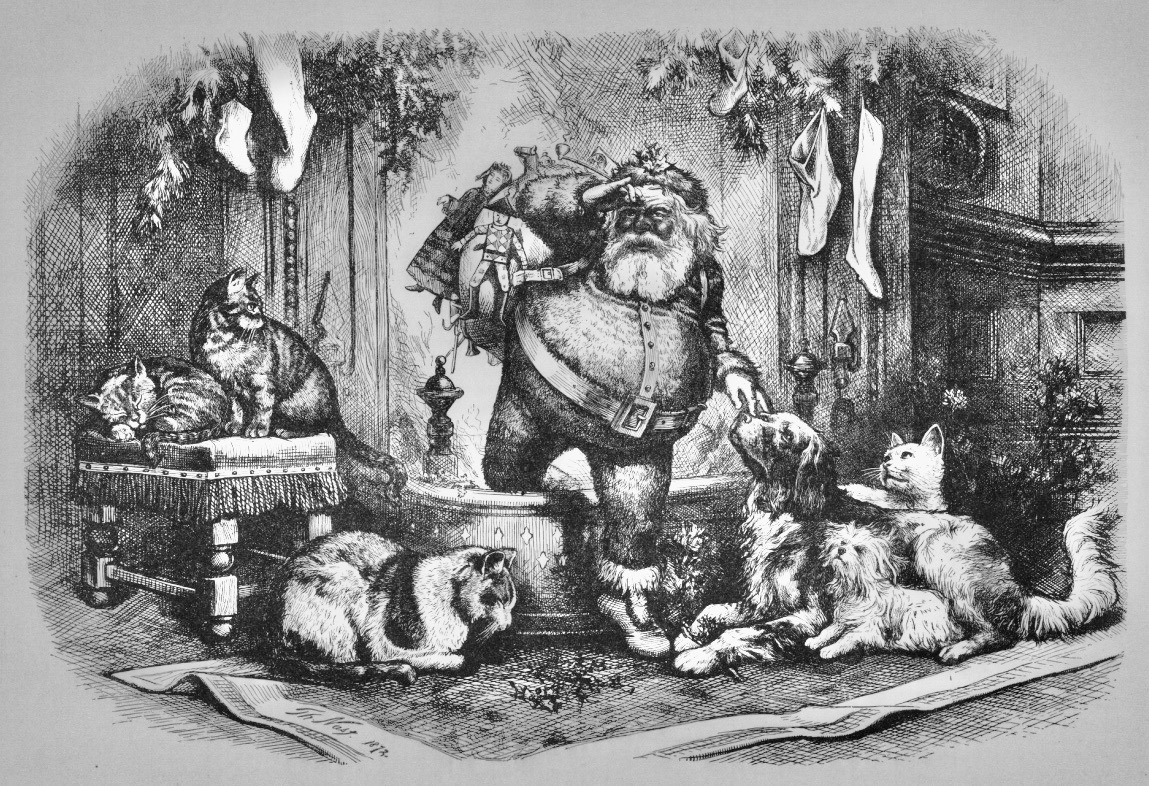

Chapter One – Ho! Ho! Humbug!
The Coming of Santa Claus (1872)
Chapter Two – Troubling Times at the North Pole.
Christmas Eve – Santa Claus Waiting for the Children to Get to Sleep (1874)

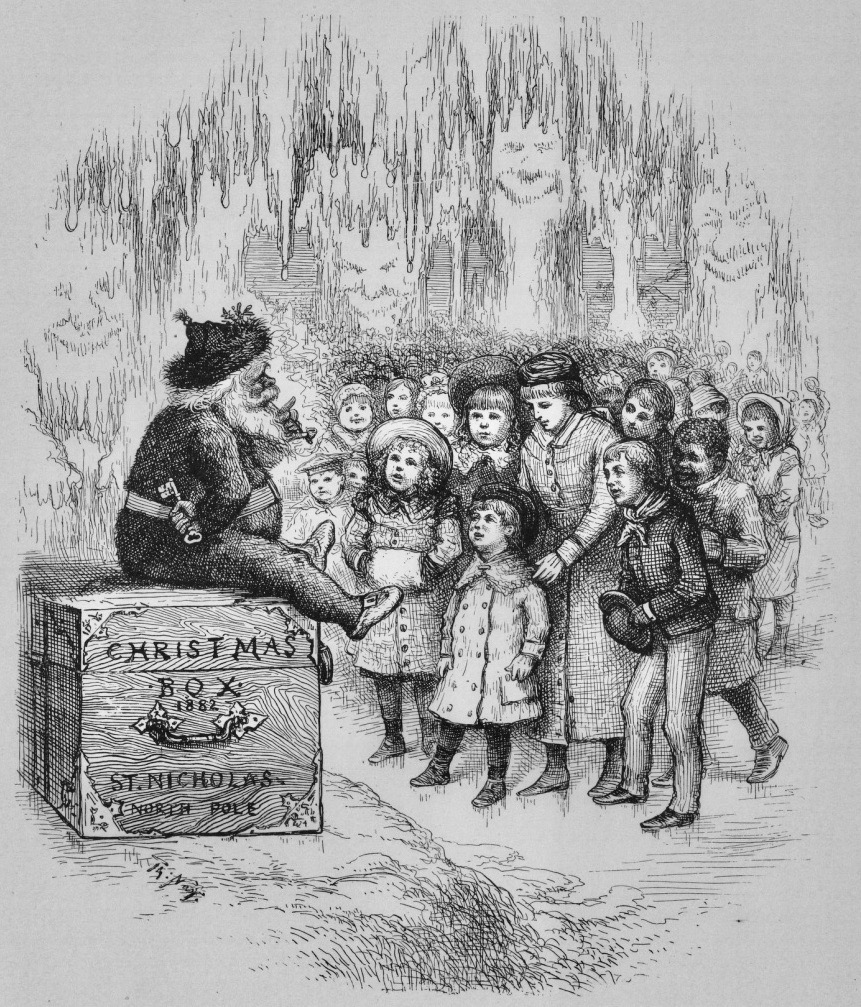
Chapter Three – One Long Year.
Hello! Little One! (1884)
Chapter Four – Christmas Eve Turmoil.
The Shrine of St. Nicholas (1882)
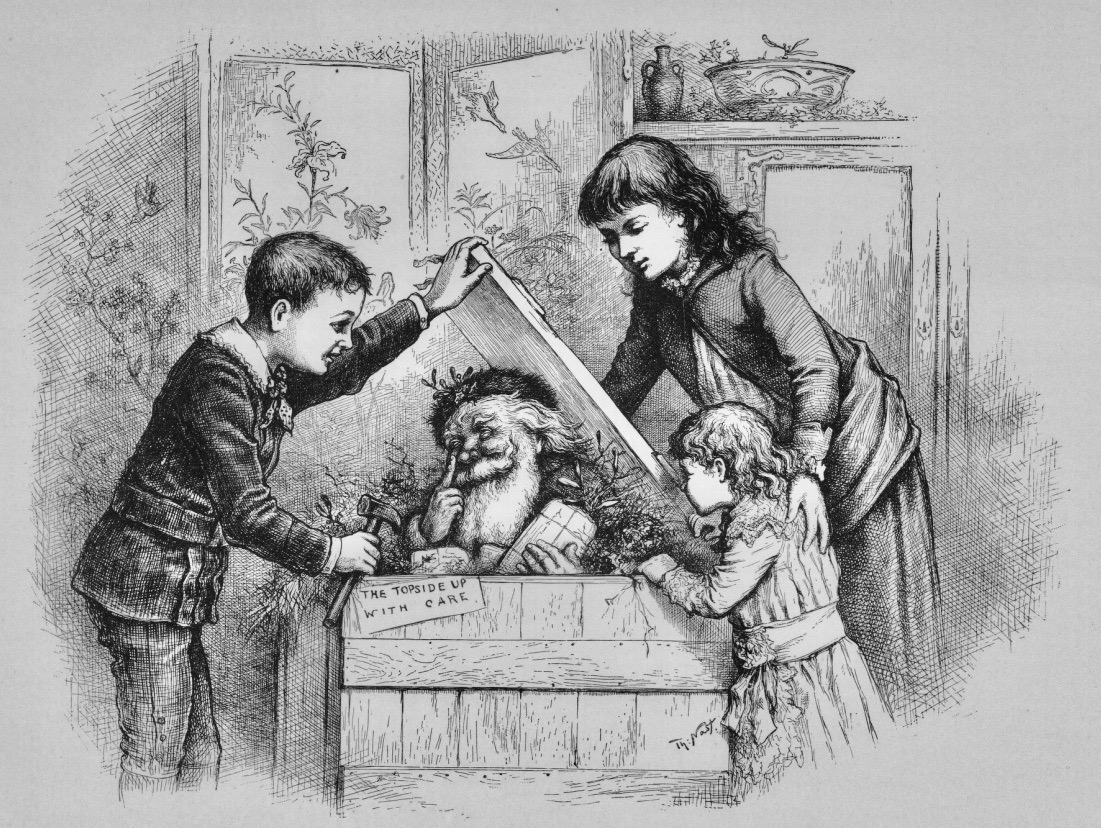
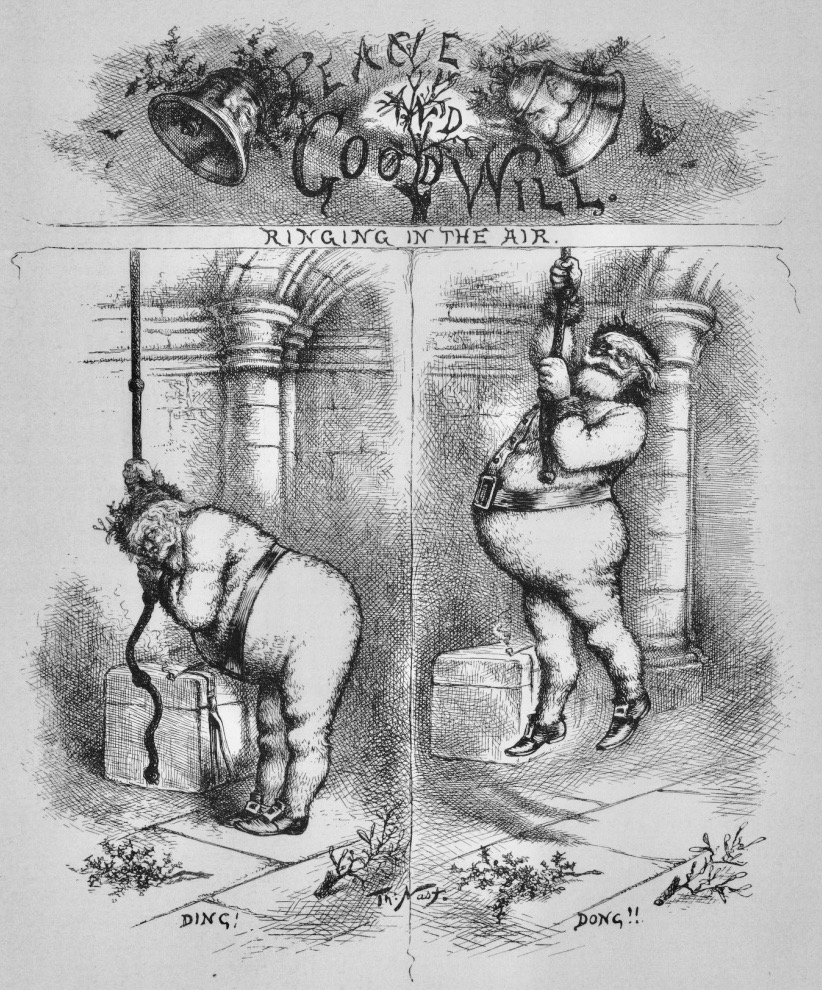
Chapter Five – Santa Meets the Dodsons.
A Christmas Box (1885)
Chapter Six – Nick to the Rescue.
Ringing in the Air (1885)
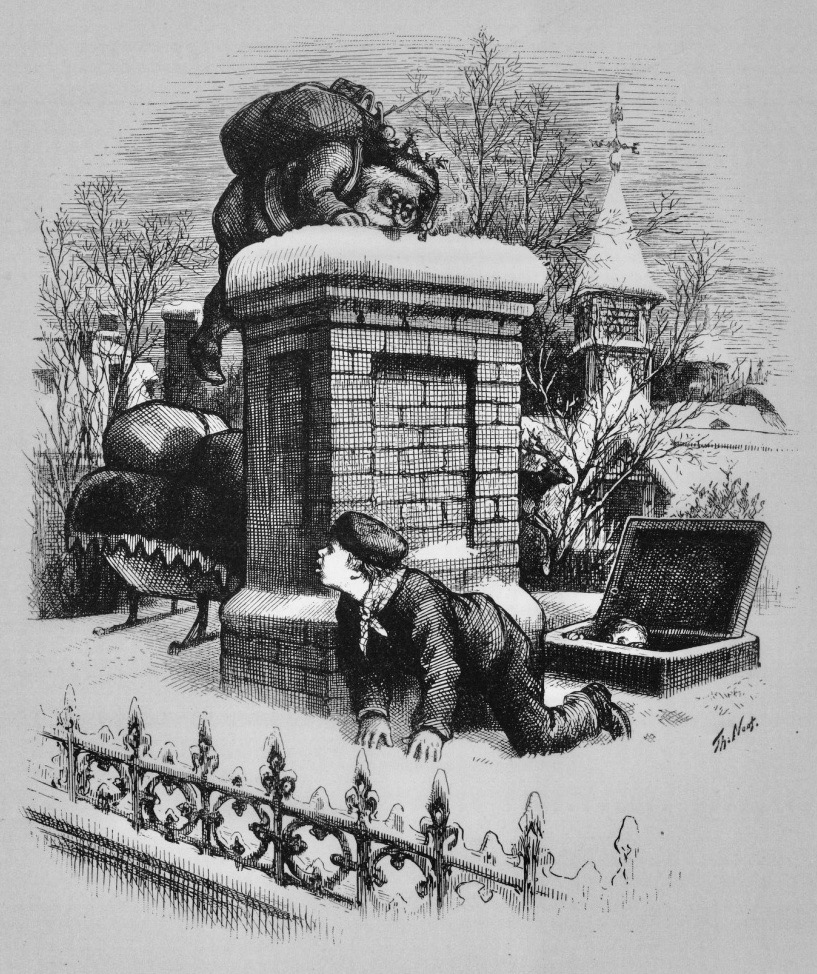

Chapter Seven – Fire in the Fireplace.
Seeing Santa Claus (1876)
Chapter Eight – That’s What Christmas is All About, Huh?
The Watch on Christmas Eve (1876)
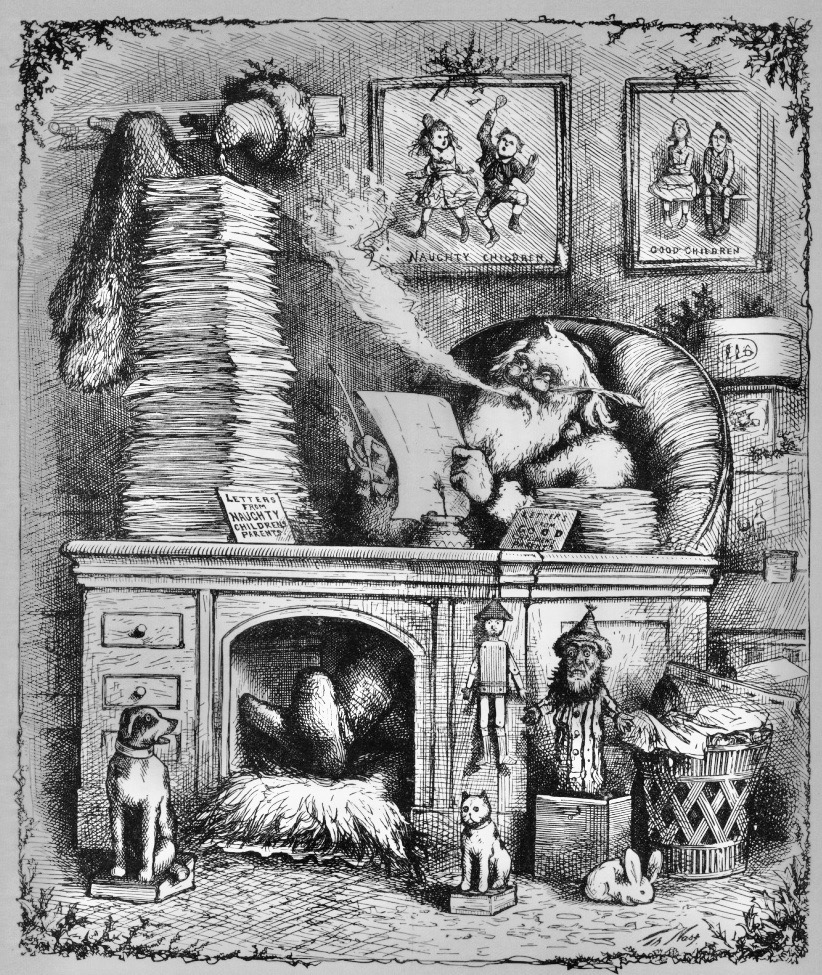
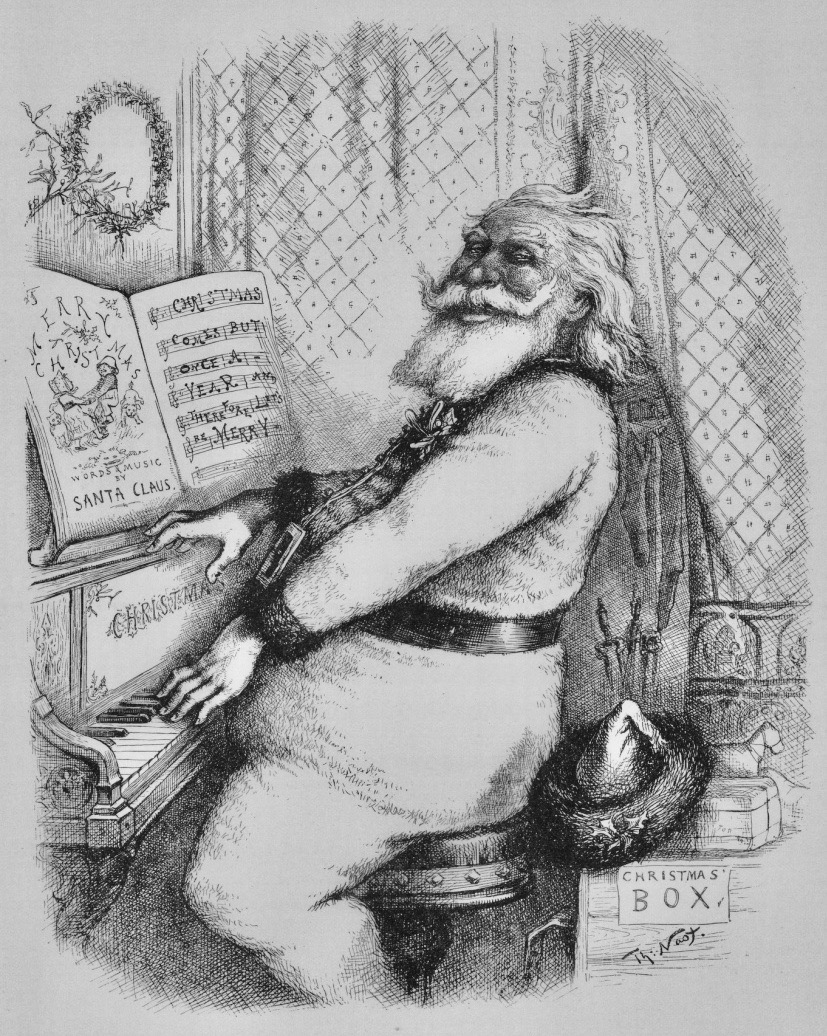
Chapter Nine – You Gotta Keep Going, Nick.
Santa Claus’s Mail (1871)
Chapter Ten – The Band Rehearsal.
For He’s a Jolly Good Fellow, So Say We All of Us (1889)
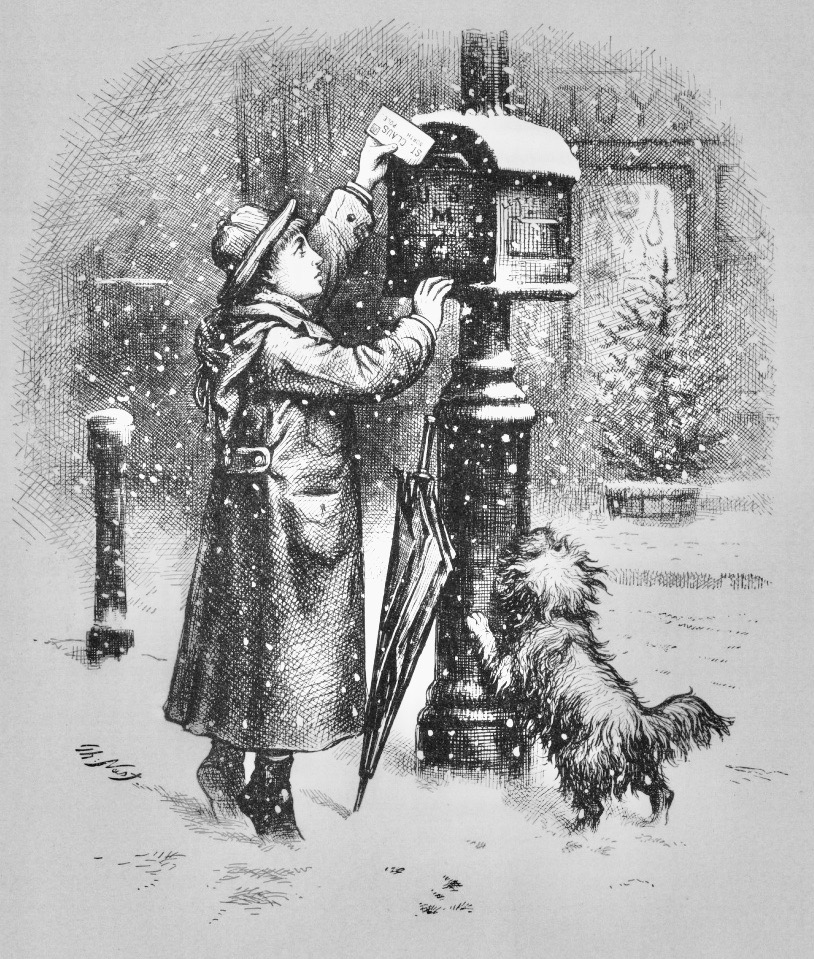
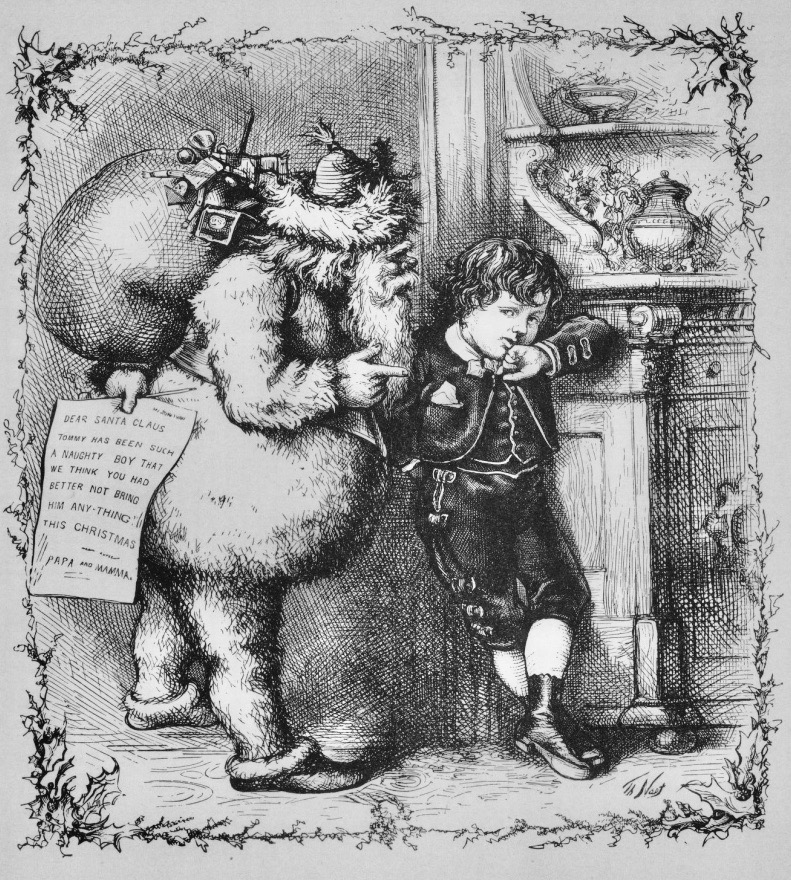
Chapter Eleven – Nick Gets an Earful.
The Christmas Post (1879)
Chapter Twelve – The Christmas Eve Break-In.
Santa Claus’s Rebuke (1871)


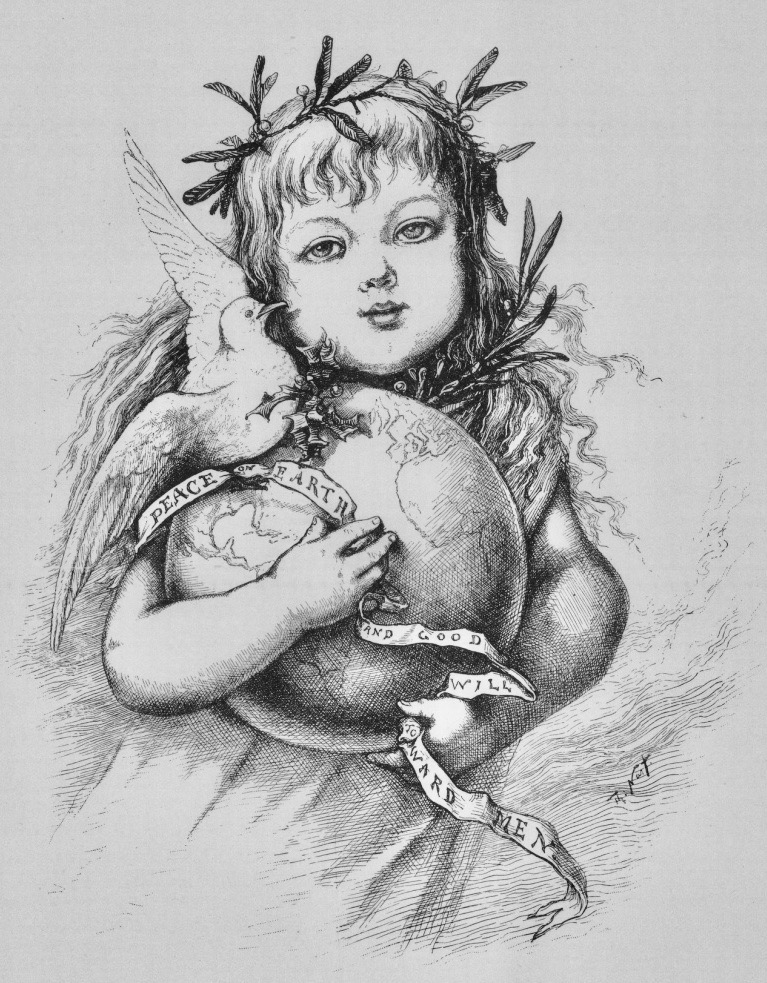
Chapter Thirteen – The Christmas Eve Miracle.
Santa Claus’s Route (1885)
Chapter Fourteen – Joy Comes in the Morning.
Merry Christmas (1885)
The Christ Child (1882)
Click here to visit Our Christmastime short story index page…
Here’s a tip of the old hat to Thomas Nast. Not only did you give us unforgettable icons in the world of politics, but most importantly, you gave us Father Christmas – the jolly, round-bellied and white-bearded elf we all know today as good ‘ole St. Nick. Godspeed!
See Our Iowa Heritage collection of Christmas-theme penny postcards.
Thomas Nast’s works are in the public domain in its country of origin and other countries where the copyright term is the author’s life (1840-1902).
Click here to go on to the next section…
Click here for a complete INDEX of Our Iowa Heritage stories…


